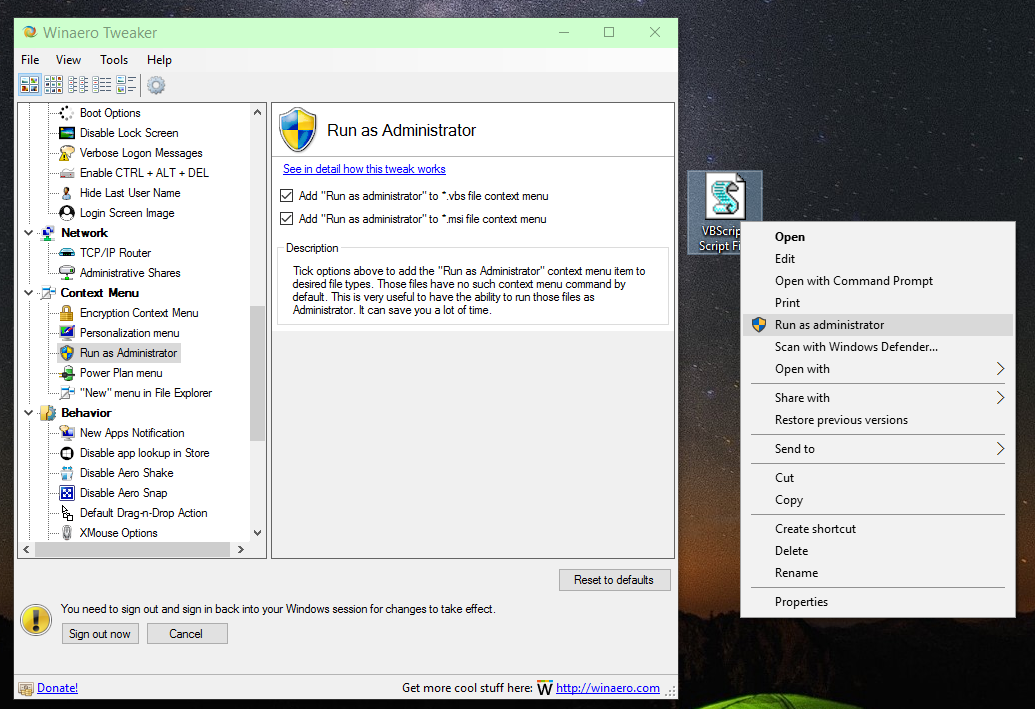Run Msi As Administrator
To add the Install as administrator option to the context menu for MSI packages, right-click on the Start button and select Run from the command menu, if you’re using Windows 8.1. If you’re using Windows 7 or another earlier version, select Run from the Start menu.NOTE: You can also press the Windows key + R to access the Run dialog box.Enter “regedit” (without the quotes) in the Open edit box and click OK.If the User Account Control dialog box displays, click Yes to continue.NOTE: You may not see this dialog box, depending on your. Navigate to the following key:HKEYCLASSESROOTMsi.PackageshellRight-click on the shell key and select New Key from the popup menu.The new key is added as a sub-key under shell. Rename it to “runas” (without the quotes).Right-click on the Default value in the right pane and select Modify from the popup menu.NOTE: You can also double-click on Default to edit its value.On the Edit String dialog box, enter “Install as &administrator” (without the quotes) in the Value data edit box and click OK.Now, you need to add a sub-key to the runas key. Right-click on the runas key and select New Key from the popup menu. Rename the sub-key “command” (without the quotes).Select the command sub-key and double-click Default in the right pane to edit its value.
On the Edit String dialog box, enter the following in the Value data edit box:msiexec /i “%1”Click OK.Close the Registry Editor by selecting Exit from the File menu.Now, when you right-click on an MSI installation package file, the Install as administrator option is available.When you select the Install as administrator option, the User Account Control dialog box may display, as shown at the beginning of this article, depending on your UAC settings.
The Windows Installer technology uses Msiexec.exe for installing MSI and MSP packages. This tool gives you full control over the installation process, allowing you to set:. install options (install, uninstall, administrative install, advertise a product). display options (full, basic or no UI during the installation).
Run Msi As Administrator Command
restart options (if the machine will be restarted after the installation). update options (apply or remove updates). repair options (only for an installed package). which are used by the installationThe usual form of the msiexec command line is this.


Vanilla wow add-ons quest helper. Msiexec.exe /p/update/uninstall/package Copy. /p - install an MSP patch. When installing a patch silently, you need to set REINSTALLMODE property to 'ecmus' and REINSTALL to 'ALL'. Otherwise the patch will simply update the MSI cached on the target machine.
/update - apply updates (if there are multiple updates, you can separate them through the ';' character). /uninstall - remove an update for a product (if there are multiple updates, you can separate them through the ';' character). /package - specifies the package for which the update is removed.Sample command lines.